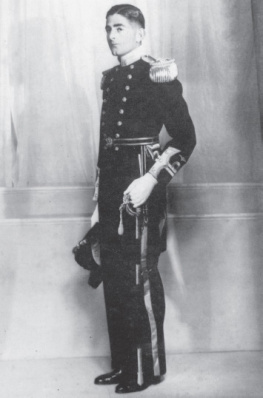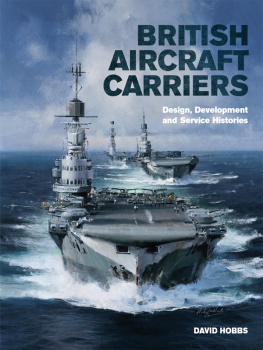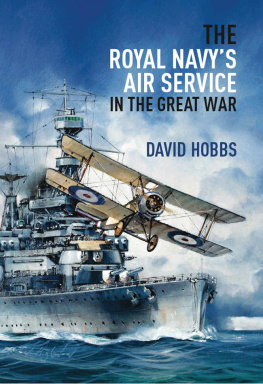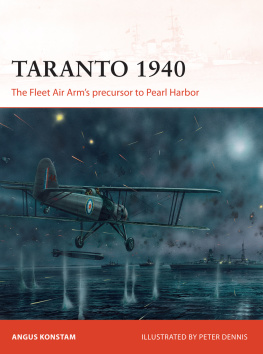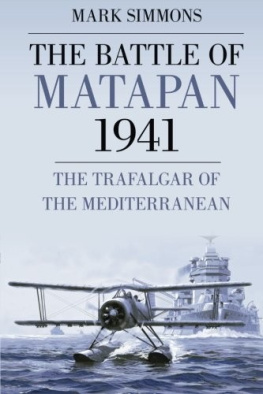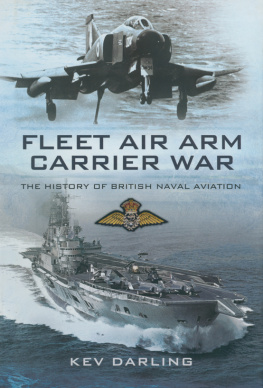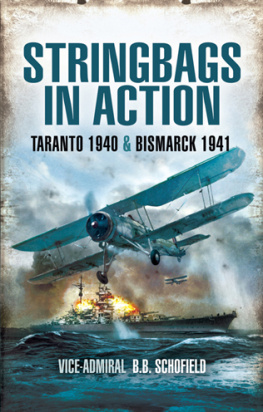
Two 899 NAS pilots pose by a Seafire IIC for a press photo call on Indomitable just before she sailed for Operation Husky. ( Authors collection )
TARANTO
AND NAVAL AIR WARFARE IN THE MEDITERRANEAN, 19401945
DAVID HOBBS
Copyright David Hobbs 2020
First published in Great Britain in 2020 by
Seaforth Publishing
An imprint of Pen & Sword Books Ltd
47 Church Street, Barnsley
S Yorkshire S70 2AS
www.seaforthpublishing.com
Email
British Library Cataloguing in Publication Data
A CIP data record for this book is available from the British Library
ISBN 978-1-5267-9383-6 (HARDBACK)
ISBN 978-1-5267-9384-3 (EPUB)
ISBN 978-1-5267-9385-0 (KINDLE)
All rights reserved. No part of this publication may be reproduced or transmitted in any form or by any means, electronic or mechanical, including photocopying, recording, or any information storage and retrieval system, without prior permission in writing of both the copyright owner and the above publisher.
The right of David Hobbs to be identified as the author of this work has been asserted in accordance with the Copyright, Designs and Patents Act 1988
Pen & Sword Books Limited incorporates the imprints of Atlas, Archaeology, Aviation, Discovery, Family History, Fiction, History, Maritime, Military, Military Classics, Politics, Select, Transport, True Crime, Air World, Frontline Publishing, Leo Cooper, Remember When, Seaforth Publishing, The Praetorian Press, Wharncliffe Local History, Wharncliffe Transport, Wharncliffe True Crime and White Owl.
The men of the Royal Navys Fleet Air Arm fought against considerable odds in the Mediterranean conflict. They set standards that continue to define the determination and capability of naval aviation in modern conflict and did so with minimal, often obsolescent, resources and great gallantry against numbers that should, in theory, have overwhelmed them. Their success in a wide range of operations, many of them never envisaged before 1940, is all the more memorable for that. This book is dedicated to all the Fleet Air Arm personnel who fought in the Mediterranean and especially those who never came home.
Foreword
With the end of the Norwegian campaign in June 1940, the focus of naval warfare shifted to the Mediterranean. Sadly, the first operations were against a fleet that had been Britains ally until only days earlier when Marshal Petains French Government signed a separate peace treaty with Germany. Operations against Vichy French capital ships were intended to prevent them from falling into German hands and involved several aircraft carriers and their aircraft. The declaration of war on the British Empire by Italy began a campaign in which the Royal Navys aircraft were to play a significant part operating from both ships and airfields ashore. Some of the latter were of a temporary nature with only a cluster of tents and vehicles marking them out from the surrounding desert.
Although every service had its part to play and many new weapons and tactics were to prove vital components of the Allied forces that eventually gained victory, it must be said that without the Royal Navys carrier force and its aircraft, Malta might well have fallen and its loss may well have led to a very different outcome to the conflict in which Allied victory in North Africa and even the Middle East with its vital oil supplies could not have been taken for granted.
Many books have been written about the war in the Mediterranean but I believe that this is the first to concentrate on the Fleet Air Arms important role as part of the Royal Navys contribution to that conflict. In doing so I have sought to emphasise the fact that it was not a separate force fighting a war in the clouds that was divorced from what went on below. The Fleet Air Arm was an integral part of the Royal Navy that contributed to its operations above, on and under the surface of the sea and which also extended the reach of sea power over the land. It fought a naval war against an enemy fleet that suffered from the fact that it had no similar organisation of its own and was very much the worse for it. This book is the result of many years of fascinating research and is drawn in part from material that has never, previously, been published. As in the Norwegian campaign, naval aircraft did many things for the first time in history, not least the night attack on the Italian battle fleet in its base at Taranto on 11 November 1940. In addition to describing what happened, I have tried to explain why it happened and to analyse the results. Where I have made criticisms, these usually reflect opinions that were expressed in the Admiralty at the time or my belief after studying contemporary documents that things that were done well at the time could actually have been even better. I accept that hindsight gives a wider perspective on events than was available to men at the time but I have made full use of my own experience as a carrier pilot, including periods spent in the Mediterranean in a variety of aircraft carriers.
In the years of the divided control of naval aviation prior to 1939, a succession of British politicians including Winston Churchill had stated that the relationship between the RAF and RN with regard to air operations would be that of teacher and pupil. The so-called indivisibility of air power meant that a reserve of aircraft and aircrew would be retained by the RAF to support the other services when it deemed them to be needed. Reality in 1940, after the Admiralty regained full control of the Fleet Air Arm, proved to be very different. There was no reserve of aircraft or airmen, in fact the RN had to support the RAF, which was woefully short of both in the Mediterranean at first. It was the RN that developed both fighter direction and strike tactics, including the use of torpedoes at night against ships in harbour and at sea and the development of the pathfinder role by Albacore squadrons that found targets in the desert for RAF bombers. Importantly, the RAF learnt what the word joint really meant in joint operations. That said, it was clear that as the war progressed co-operation between the forces grew rapidly with the RN Fighter Wing within the Desert Air Force, partially equipped with Hurricanes from RAF stocks, setting a good example.
Apart from the skills displayed by both naval aircrew and maintenance personnel, the aircraft that equipped the Fleet Air Arm in the Mediterranean must be mentioned. The Swordfish, Albacore, Skua and Fulmar were all markedly inferior to the aircraft operated by the German and Italian air forces and this makes the achievements of the men who flew them shine all the more brightly. The Martlet/Wildcat, Sea Hurricane and Seafire were all better fighters but still had their drawbacks. The Hellcat was outstanding.
David Hobbs MBE
Commander Royal Navy (Retired) Alnwick
March 2020
Acknowledgements
My research projects and the books that follow from them have been encouraged and helped as always by my wife Jandy together with my son Andrew and his wife Lucyelle. Compiling and analysing the material that forms the basis of this book has taken many years in the Naval Historical Branch at its various locations in Empress State Building and New Scotland Yard in London and, to a limited extent, at its present location in Portsmouth Naval Base. I also carried out research at the MOD Archive when it was at Hayes and was also able to study a vast amount of material while I was the curator of the Fleet Air Arm Museum at Yeovilton. I am indebted to David Brown, Christopher Page and Stephen Prince, Heads of the Naval Historical Branch at various times, for their unstinted support for my projects, and to Jenny Wraight, the Admiralty Librarian. I would also like to thank Barbara Gilbert at the National Museum of the Royal Navy for her help.


